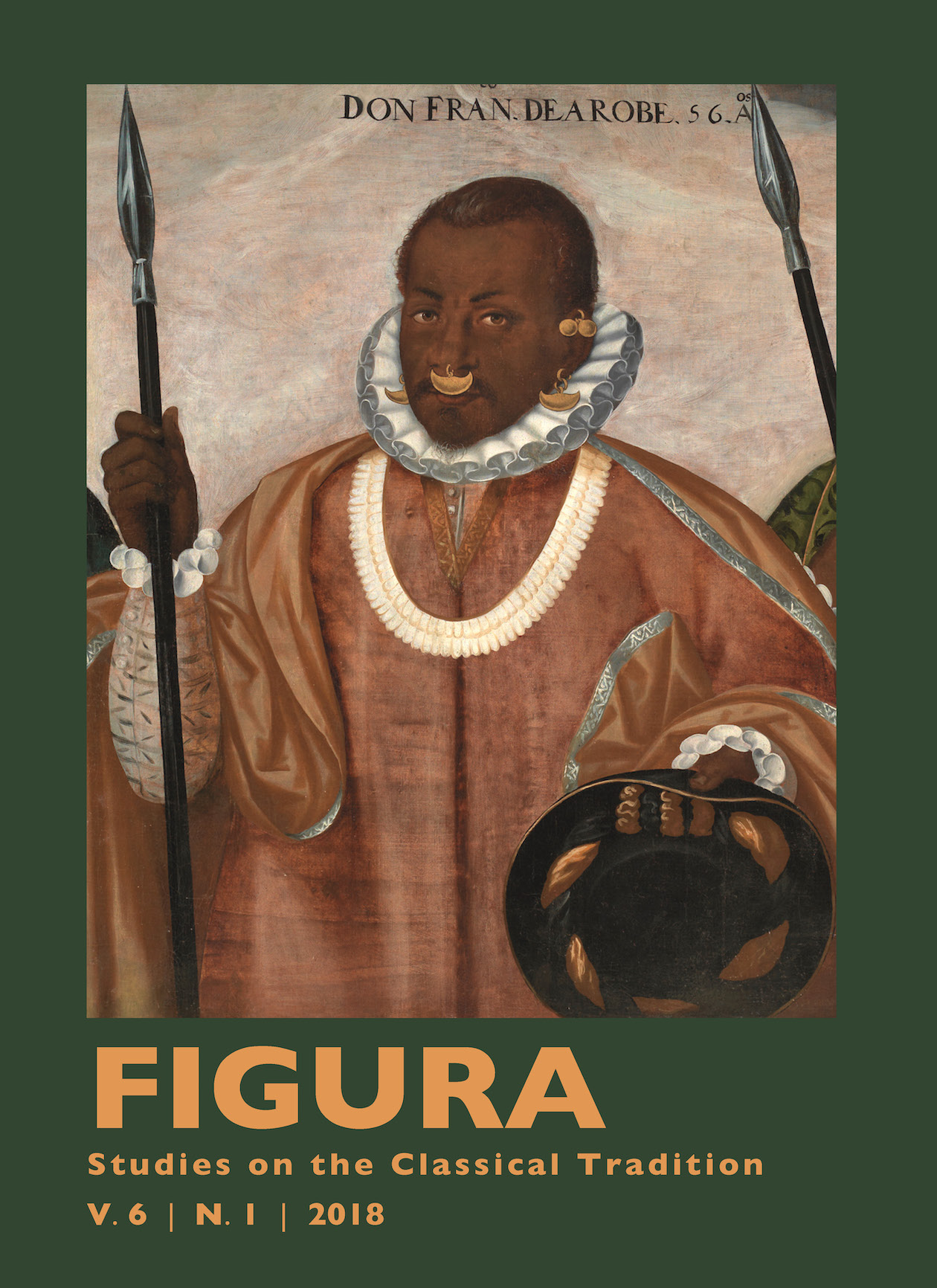Abstract
This paper considers the replication of paintings in the seventeenth century and the underlying issues of invention and imitation behind this practice, by analyzing primary sources such as theoretical treatises, letters, contracts, and inventories. Although attention has been given to particular cases of artists who replicated their work, seventeenth-century attitudes towards replication have not been systematically studied. I begin by reviewing the development of this practice, and then present a selection of representative examples of a variety of attitudes –often conflicting–towards the problem of exact copies. A close reading of seventeenth-century texts reveals a coexistence of seemingly contradictory attitudes towards copies: on the one hand, the status of copies was elevated and the toposof the copy’s ability to deceive was reiterated numerous times; on the other, and often in a more practical sphere as reflected by letters and contracts, copies were not valued equally to originals. Interestingly, some inventories disclose a more nuanced position, closer to that of theoretical writings. Ultimately, these differences in attitude reflect an increasing awareness of the new issues introduced by the growing phenomenon of replicated paintings.

